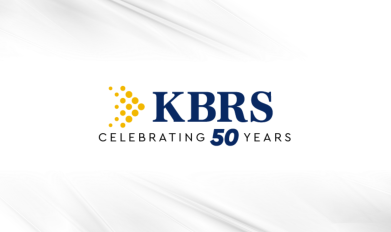As we head into Pride celebrations, many employers are motivated to reflect on their own journey towards a more diverse and inclusive workforce and their support of the 2SLGBTQI+ community.
Positive attitudes towards the 2SLGBTQI+ community have increased over the past decades. The celebratory tone of present-day Pride parades draws support from diverse communities, organizations, and allies. However, almost 30% of 2SLGBTQI+ identified respondents in an In & Out study, reported experiencing discrimination in Canadian workplaces as opposed to only 2.9% of the general population. Other recent studies underscore alarming trends in discriminatory and overt anti-2SLGBTQI+ activity. This fact may be contributing to why many 2SLGBTQI+ identifying people choose not to come out to their work colleagues.
The inability to be one’s authentic self is a major obstacle in creating a sense of belonging in the workplace. Studies suggest that when employees feel that they need to hide fundamental aspects of their identity they are not able to do their best work. However, comfort with being out at work has been linked to greater psychological safety, improved sense of empowerment, and greater confidence in taking creative risks. Having an inclusive workplace in Canada, where 2SLGBTQI+ employees feel respected as productive and valuable members of the team has also been correlated to a positive increase in productivity (up to a 22% increase according to one study).
Creating an 2SLGBTQI+ inclusive workplace can help attract and retain employees from equity deserving groups. This is particularly true among younger generations where the incidence of people identifying as 2SLGBTQI+ is significantly higher than among older generations – 1 in 6 Gen Z adults according to one recent study.
Consider these strategies to help create a more inclusive workplace:
- Actively promote inclusivity in the work environment – Take opportunities, like Pride celebrations, to publicly acknowledge your organization’s commitment to creating an 2SLGBTQI+ inclusive work culture. Seek out opportunities to ensure all members of your team feel valued, respected, and heard – including employees who are from the 2SLGBTQI+ community. Be mindful that not all members of the 2SLGBTQI+ community will feel safe to share their sexual orientation and/or gender identity. Avoid assumptions and don’t pressure people to divulge private, sensitive information.
- Recognize that language matters – Understanding 2SLGBTQI+ terminology is a helpful step towards understanding colleagues who identify with the terms. Inclusive and supportive workplaces relieve colleagues from sexual and gender minorities from the burden of educating others. These organizations recognize the importance of education in other forms – such as training and creating a culture of continuous learning. Use of correct names and pronouns shows employees they are valued and respected – this is particularly important to people whose gender identity or gender expression may be different than the gender they were assigned at birth. Be mindful to use them and apologize if you make a mistake.
- Address homophobic and transphobic behaviour – Encourage education and training to help identify and address homophobic or transphobic behaviour. Ensure leadership is engaged to help set the right tone throughout the organization.
- Support and sponsorship of 2SLGBTQI+ employees – When employees do share their sexual orientation and/or gender identity in the workplace, ensure your team is prepared to support them. Some organizations have sought additional training for managers to better support 2SLGBTQI+ team members. Other organizations have paired 2SLGBTQI+ employees with sponsors to support their career progression in effort to help address systemic barriers that have led to the underrepresentation of 2SLGBTQI+ community members in workplaces and leadership.
A number of helpful resources can also be found online, including:
- Creating Authentic Spaces: A Gender Identity and Gender Expression Toolkit to Support the Implementation of Institutional and Social Change – This thorough resource was created by The 519, a City of Toronto agency committed to the health, happiness, and full participation of the 2SLGBTQI+ communities.
- 2SLGBTQI+ Terminology – This list of some of the most common terms offers a starting point to understanding 2SLGBTQI+ identities and issues.
- Tips on how to practice Allyship – Recognize allyship is a verb requiring the continuous practice of standing up for marginalized groups. Discover the how you can be an effective ally through learning, practicing and reflection.
At a time when the benefits of diversity within teams is well documented, creating an inclusive culture that welcomes 2SLGBTQI+ employees is critical to ensure that they not only feel a sense of belonging but that they have the opportunity succeed as their authentic selves.
Take time to consider what your organization can do to make this a reality.






